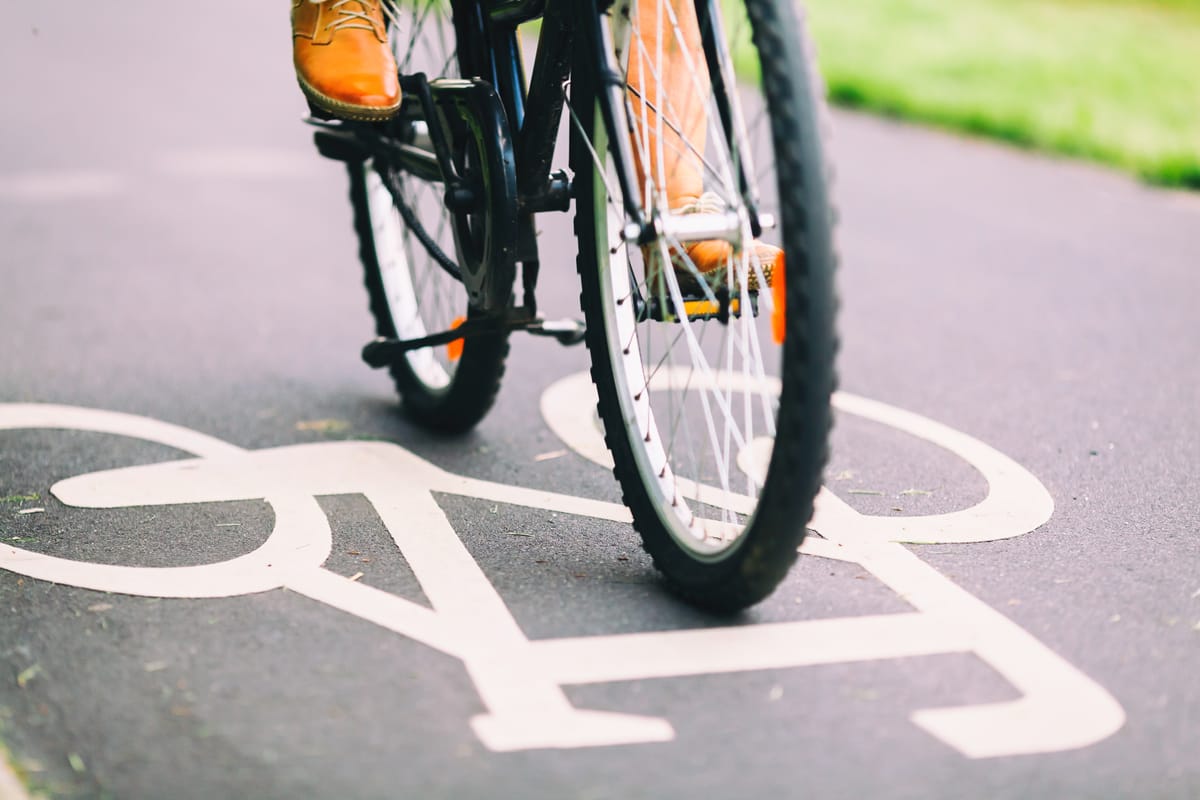The great commute
What are the ways to commute into university and how do they impact you and the environment?

As you may have noticed by flicking through this addition of Felix, it is themed around being green. Inspired by this, I have decided to do something slightly different in the sports section. I am going to run through some of the different ways in which people commute to college and how they impact you from a health point of view as well as the environment. There are several ways that students decide to choose to commute to college, these being: walk, cycle, bus, tube or Uber. For ease of comparison, I will be using the assumption that a student lives two miles away from the South Kensington campus. This allows for the majority of Fulham, Hammersmith, Battersea, and Paddington to be included. From personal experience, this should encapsulate most Imperial students. This equates to a cycle commute of approximately fifteen to twenty minutes and a walk of thirty to forty-five minutes. To commute by tube it would be comparable in time taken to the cycle if there are not too many disruptions on the line. Uber on the other hand could vary from only ten minutes to over half an hour if there is bad traffic or there are no nearby drivers. The cheapest option by far is clearly to walk the distance. Cycling comes in second place as every now and then you do need to maintain your bike if you are using it for commuting, and of course there is the initial bike purchase as well as the extras needed for commuting to consider. As anyone who lives in London knows busses are marginally cheaper than getting the tube and, unless you are sharing one at non-peak times, uber comes in quite a distant last.
it is nearly impossible to have a bad day after spending the start of it weaving through hundreds of dogs out on their morning walk
As this is the sports section I couldn’t not mention the physical side of the commuting choices. Walking and cycling are clearly the only two that offer any real value for you physically; unless passive-aggressive eye contact at other commuters on public transport counts. To give an idea of the relative effort of these two commuting methods, the number of calories burnt for both sit at approximately 150, making a round trip 300 calories burnt. For a student-friendly comparison, this is approximately one to two pints of beer depending on what you drink. You can even use the money saved by not using the other options to buy them! However, it should be pointed out that most students who cycle or walk into college wear the clothes that they will be in for the rest of the day and thus are very unlikely to be exerting themselves too much to avoid turning up sweaty and dishevelled for their lectures. This somewhat minimises the likelihood of getting in any proper workout before or after a day at college unless you are willing to bring a change of clothes. However, the benefit of walking or cycling into college are not purely the exercise and money saved. Any student living in the university halls in Paddington, Wilson house, will tell you it is nearly impossible to have a bad day after spending the start of it weaving through hundreds of dogs out on their morning walk through the royal parks. Even more so if done on a beautifully golden autumnal or fresh spring day. Slightly less so, I will admit, if it’s raining and grey for the tenth consecutive day… But getting out and seeing London in the fresh air is something Imperial students really should do more of. We spend the majority of the day sitting in lecture halls or in our rooms working away at our degrees. This is not good for our physical or mental health. Without mentioning the scary C-word, it is worth pointing out that during pandemics the benefit of commuting in the open air are obvious. London public transport is pretty grubby at the best of times anyway.
It’s better for you and the planet you live on
Now onto the environmental stuff. It’s clear that walking or cycling into university is the most environmentally friendly method for commuting onto campus. The carbon footprint for walking is purely down to what you fuel yourself with, while for cycling it is marginally greater due to the parts which need replacing every now and then. The next greenest way to commute would be via the tube, this would produce approximately 30g of CO2e per km per person. It is difficult to get accurate and up to date information on London busses, but it can be safely assumed that they would produce more CO2e than tubes due to their stop-start nature. Once again, it’s no surprise that using Uber would be the worst; petrol cars produce roughly 180g CO2e and electric cars 60g.
Hopefully, this article has made you reconsider how you commute to university and perhaps you are now considering walking or cycling into university. It’s better for you and the planet you live on.









